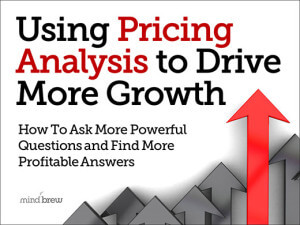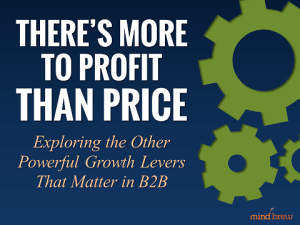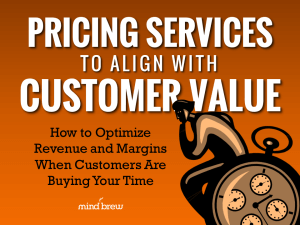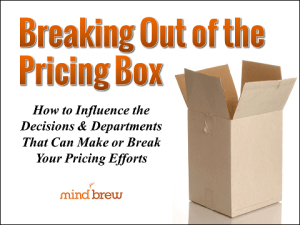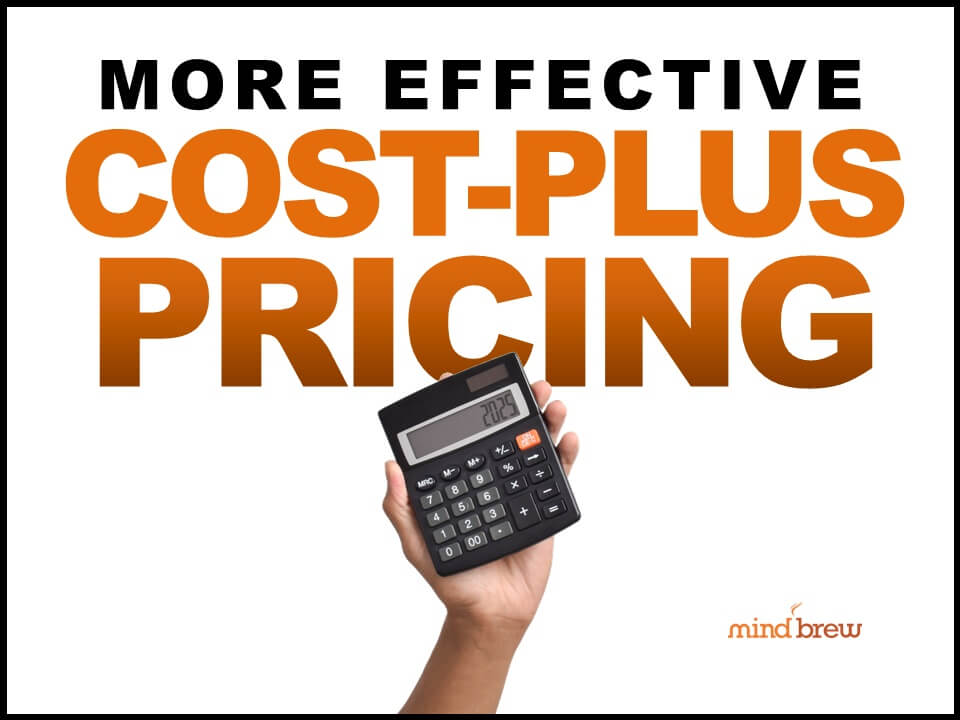In baseball, Little League players have a lot of things to learn, like how to hit and catch and throw and the finer details of the infield fly rule. But there’s one thing that should be super-easy to learn that can even trip up major leaguers — and that’s remembering to call for a fly ball.
From the time they first put on a glove, young T-ballers learn to yell “Mine!” or “I got it” or “Ball” when they think they can catch a pop-up. But as a general rule, baseball players don’t yell “Yours!” It isn’t anyone else’s job to tell you to catch a ball. If you think you can catch it, you go for it, unless you hear someone else calling for it, in which case certain players take priority over others.
Now the one player who has precedence over all others on the field when it comes to catching fly balls is the center fielder.
Why?
The middle of the outfield provides the best view of the entire baseball diamond, so the center fielder can see better than anyone else where the ball is going. In addition, it’s always easier to catch a ball if you are running in toward home plate than if you are backing up towards the fence. So if an outfielder and an infielder are both calling for the ball, the outfielder should always take it.
Great, you might be thinking, now I’m in the mood for baseball. But what does this have to do with pricing?
In pricing, you often have the best visibility into the company’s data. You’re running analytics on a regular basis, so you are in the best position to reach important conclusions about that data. You can see if something unusual is happening, and it is, in fact, your job to keep an eye on the entire playing field. You are, as it were, the center fielder for the team.
But it’s easy for pricing professionals to be content to stand out in the field picking daisies rather than rushing after and calling the ball. The company might believe you are there to focus on finding pricing issues and opportunities — but that doesn’t mean you have to limit yourself to that role. And if you see that someone else on the team is about to drop a ball and you can get there in time, call the ball and go after it yourself.
I suppose this is just an elaborate, metaphorical way of telling you to broaden your scope. Worry less about staying in your lane and more about doing what’s best for the company. In our experience, those pricing teams that expand their focus beyond pricing analysis are truly the most effective for their organizations. With access to most–if not all–of the data they need, pricing teams often have the flexibility to focus on different areas. We’re suggesting that you look for ways that you can help your company be more effective, even if those tasks don’t fit within your current corporate job description.
If this idea intrigues you, we have a couple of resources for you to check out. Advancing Your Career in Pricing discusses strategies and tactics that have proven effect for other pricing professionals interested in moving up the corporate ladder. How to Use Pricing Analysis to Drive More Growth explains how to find and answer the big picture questions that drive bottom-line growth. And explains how expanding your perspective from “pricing” to “profitability” is the key to maximizing effectiveness…to essentially become the center fielders for your company.
And now if you’ll excuse me, I’m going to go buy me some peanuts and cracker jack and root for my home team.


